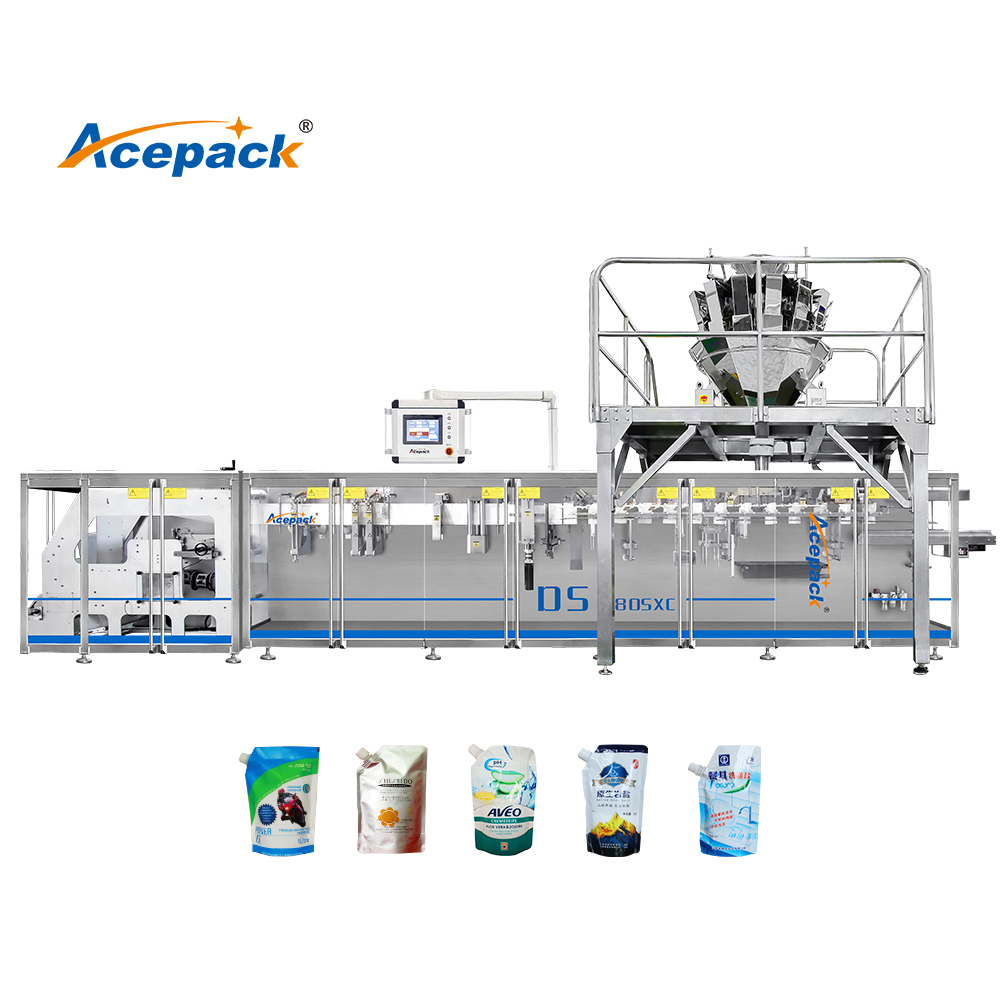In the vast landscape of packaging machinery, two distinct categories stand out for their specialized handling of granular and powdery materials: particle packaging machines and powder packaging machines. Each type is designed to cater to the unique challenges posed by its respective material type, ensuring efficient, safe, and precise packaging processes. This article delves into the key differences between these two machines, highlighting their distinct features, applications, and operational considerations.

Material Handling Capabilities
The primary distinction lies in the way these machines handle their respective materials. Particle packaging machines, as the name suggests, are optimized for handling solid particles or granules. These particles can range in size and shape, from small grains to larger pellets, requiring a robust feeding system that can smoothly meter and transport the material without causing jamming or breakage.
On the other hand, powder packaging machines must contend with the fluid-like nature of powders, which can be prone to dusting, bridging, and agglomeration. To mitigate these issues, these machines often incorporate specialized features such as de-aeration systems, vibratory feeders, and vacuum assistance to ensure smooth and consistent flow of powder into the packaging container.
Packaging Container Compatibility
Another significant difference is the type of packaging containers that each machine is typically compatible with. Particle packaging machines often work with bags, pouches, or containers that can withstand the weight and impact of granular materials. These containers are designed to prevent leakage and ensure the structural integrity of the packaged product.
Powder packaging machines, on the other hand, may require more specialized containers that can effectively seal and prevent the escape of fine particles. This often involves the use of foil-lined bags, vacuum-sealed pouches, or containers with tight-fitting lids. The sealing mechanisms of powder packaging machines are also designed to create an airtight seal, minimizing the risk of moisture ingress and product degradation.
Environmental Considerations
Handling powdery materials poses unique environmental challenges. Dust generation during filling, handling, and sealing can create health hazards for operators and contaminate the surrounding area. Therefore, powder packaging machines often incorporate dust-control measures such as enclosed filling chambers, dust collection systems, and HEPA filters to maintain a clean and safe work environment.
Particle packaging machines, while still requiring dust management to some extent, generally face fewer environmental challenges related to dust generation. However, they may still need to address issues such as noise reduction and material spillage during the packaging process.
Operational Complexity
In terms of operational complexity, powder packaging machines tend to be more sophisticated due to the intricacies of handling fine powders. Operators require specialized training to ensure proper machine setup, material handling, and maintenance to prevent issues like clogging and dust build-up.
Particle packaging machines, while still requiring careful operation, may be somewhat easier to manage due to the more stable and predictable behavior of granular materials. Nonetheless, regular maintenance and cleaning are crucial for both types of machines to maintain optimal performance and extend their lifespan.
In summary, particle packaging machines and powder packaging machines represent two distinct categories of packaging machinery, each tailored to the unique challenges of their respective material types. From material handling capabilities to packaging container compatibility, environmental considerations, and operational complexity, these machines differ in fundamental ways that impact their design, performance, and application. Understanding these differences is essential for manufacturers to select the most appropriate packaging solution for their specific needs and ensure the safe, efficient, and precise packaging of their products.




